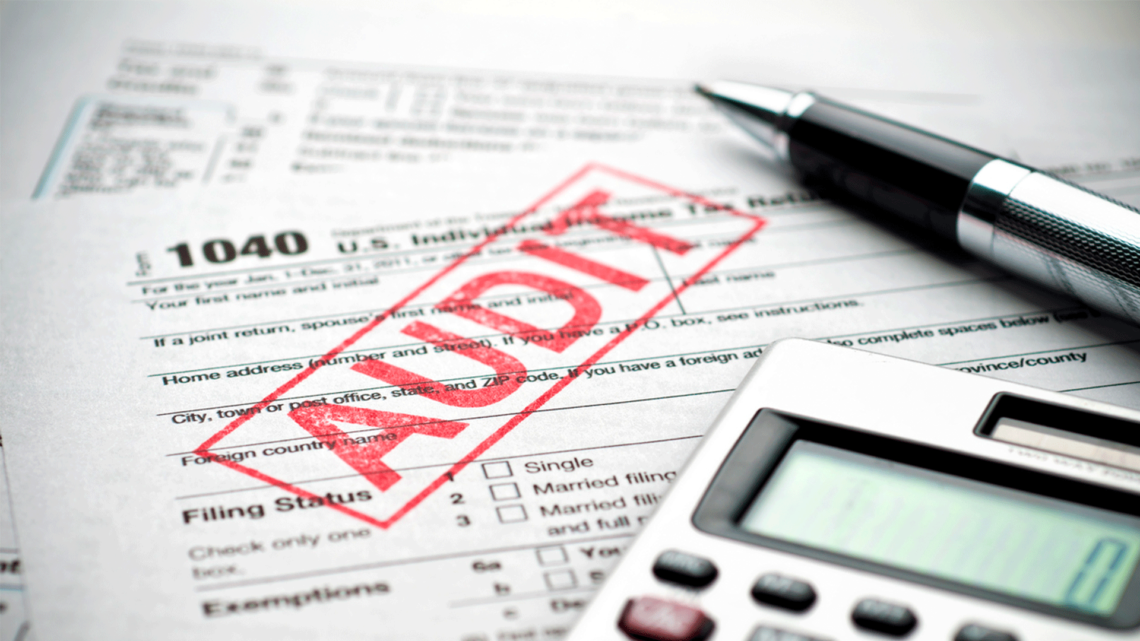The good news for taxpayers is that the Internal Revenue Service and private companies are making changes that are successfully thwarting tax fraudsters. IRS Commissioner John Koskinen reported that the number of people who reported being victims of tax identity theft was down more than 50% through the first nine months of 2016. This was due to a combination of changes in tax filing software that prevented fraudulent returns from being submitted and security practices put in place by the IRS to authenticate returns before issuing tax refunds. Even better news is that steps planned for 2017 should reduce the incidence of fraud even more.
Tax refund fraud had been increasing year after year, primarily because it was easy to pull off. According to Fraud magazine, “Thieves can simply make up phony wages or other income, submit the information electronically and receive the fraudulent refund via mail or direct deposit within a month. Of course, the IRS keeps records of earned wages and other types of taxable income reported by taxpayers’ employers and other organizations. However, the IRS doesn’t match these records to information submitted electronically by identity thieves until several months after it issues refund checks.”
Information sharing by the IRS and state tax agencies, as well as private tax preparers and software companies, enabled the IRS to stop many fraudulent refunds from being issued and even stop fraudulent returns before they were filed. That process will be expanded with the launch of an Identity Theft Tax Refund Information Sharing and Analysis Center which will enable the IRS, state tax agencies, tax practitioners and software companies to share information and identify trends in identity theft.
Even more changes are in store for 2017 when “trusted customer” practices will be implemented, including:
- Thirty-seven new data elements will be transmitted by the tax industry with every tax return. These data points will provide authoritative proof that a tax return is being filed by the real taxpayer. The specifics of these data elements will not be announced to the public.
- Tax preparers will also transmit 32 data elements from business tax returns to extend identity theft protections to business filers as well as individuals.
- More than 20 states are working with the financial services industry to create a program to flag suspicious refunds before they are deposited into taxpayers’ accounts. They are improving efforts to be sure that refunds go into the real taxpayers’ accounts and not to fraudsters.
- The Form W-2 Verification Code initiative, which was started by the IRS last year, will expand to 50 million forms in 2017 from 2 million in 2016. This involves entering a 16-digit code to verify Form W-2 information when the return is prepared by the taxpayer or tax preparer.
- Software password requirements will continue to be improved by software providers for individual taxpayers and tax preparers, providing additional safety before the return is filed.
Some taxpayers may experience a delay in receiving their refunds due to increased scrutiny of tax returns, especially those claiming the Earned Income Tax Credit or the Additional Child Tax Credit. IRS Commissioner John Koskinen said tax filers and tax professionals, “should file as they normally do, so they don’t add to any delay already in the system.”



